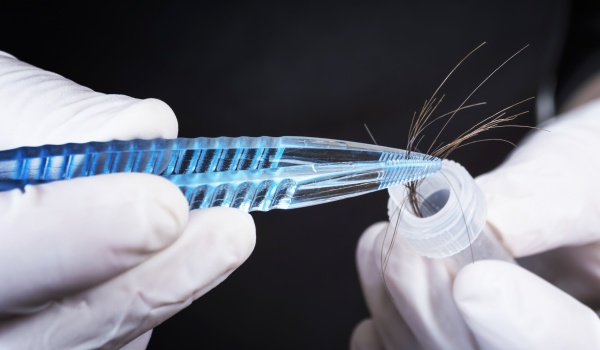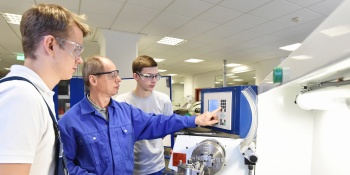
Kit for human genetic identification



attractive aesthetics

Facilitates medical procedure

Functionality
PROBLEM
In 2010, world air traffic carried about 36mi of passengers (IATA, 2010). There are about 7.5mi of Latin American emigrants, and between 2.5 and 4mi are Brazilian (UN, 2010). The brazilian population has a high rate of miscegenation, which makes its genotypic characterization even more difficult (Paneto et al., 2011). The genetic identification of an individual is based on the combination of several markers that are inherited from their parents. Mass natural disasters (Japan, 2011), air crashes (Flight Rio-Paris, 2009) and terrorist attacks (WTC, 2001) are challenges for medical professionals. The delay in identifying victims can cause public health problems as a result of the large number of casualties. Genetic identification has been used as irrefutable evidence of linking suspects to victims or crime scenes in various court cases.
SOLUTION
This technology allows the identification and classification of samples belonging to populations with a high degree of miscegenation. It exhibits high sensitivity, using only 10 pg of DNA, which allows the identification of degraded samples or with a small amount of genetic material, for example, root fragments or partially carbonized samples. The technology also has high specificity since it uses 42 markers for identification while similar tests use only 16 markers. The identification and classification in related global groups can be carried out with a single test, making the identification more agile, especially wanted characteristic in situations with great number of happenings as in natural disasters of great proportions and terrorist attacks. The technology was validated in 160 blood samples from brazilian population.

Idea

Laboratory

Prototype

Scheduling

Market







